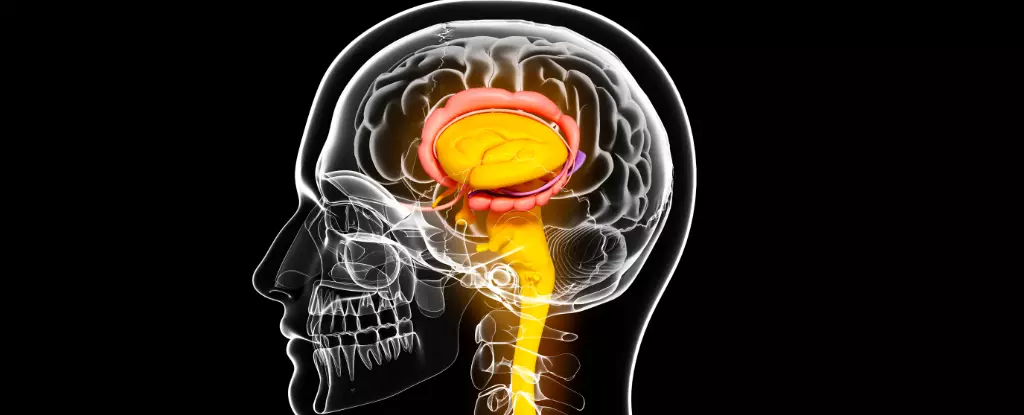Within the intricate architecture of the human brain, a layer of subcortical structures often lives in the shadow of the more prominent cerebral cortex. Yet, these “deep brain” areas are pivotal to a multitude of functions including emotional regulation, movement, attention, and learning. They play an equally critical role in the pathology of various neurological disorders. Recent research has illuminated the relationship between variations in the volumes of these subcortical regions and conditions such as schizophrenia, ADHD, and Parkinson’s disease. This underscores the need for targeted studies to unravel the complexities inherent within our genetic makeup that contribute to such disorders.
In a comprehensive new study involving a staggering 74,898 participants across 19 countries, researchers have identified a total of 254 genetic variants that could potentially shape the development of these subcortical structures. The collaborative effort featured an international team of 189 scientists who utilized advanced techniques in imaging and genetic analysis, marking a significant stride in our understanding of the genetic influences on brain anatomy. This expansive research initiative is anchored by the Enhancing Neuro Imaging Genetics through Meta-Analysis (ENIGMA) consortium — a groundbreaking project that has pooled resources and expertise from over 1,000 research labs worldwide.
Paul M. Thompson, a neuroscientist at the University of Southern California (USC) and a co-author of the study, emphasized the importance of identifying specific genetic alterations, explaining that a significant portion of brain diseases is hereditary. His insights remind us that unearthing the genetic underpinnings of neurological disorders is a foundational step toward developing effective treatments.
The researchers employed a genome-wide association study (GWAS) methodology, which allows them to scan vast populations for genetic variations that correlate with specific traits or diseases. This approach proved fruitful, yielding 254 genetic markers tied to the volume of various subcortical structures such as the hippocampus, amygdala, thalamus, and putamen. Notably, these markers accounted for about 10 percent of the observed volume differences among the participants.
This study distinguishes itself as the most extensive GWAS meta-analysis concerning subcortical brain volumes, offering a new perspective on the inherent genetic variability that typifies these critical brain regions. By establishing such genetic correlations with specific disorders, the team initiates a deeper exploration of how our genes shape not only brain structure but also the potential onset of neurological conditions like Parkinson’s and ADHD.
The findings indicate that genetic influences on individual differences in brain structure could be indicative of the biological mechanisms underlying specific disorders. Miguel Rentería, a principal investigator from the Queensland Institute of Medical Research, highlighted the relationship between these genetic variants and conditions like Parkinson’s disease and ADHD. He pointed out that understanding these variations may lead to improved therapeutic strategies.
The study builds upon previous research linking specific subcortical structures to disorders but expands our understanding by exploring how genetic variants may play a role in structural development. These insights, while still somewhat speculative, lay the groundwork for further investigation into the etiology of neurological disorders.
This groundbreaking research opens a new chapter in the exploration of the human brain’s architecture, providing essential clues about how our genetic makeup influences the structure and, ultimately, the functionality of our brain. As Thompson noted, the study is significant in pinpointing where genetic action takes place within the brain, a crucial step toward understanding complex brain disorders. While we may still be at the beginning stages of this journey, the insights gleaned are a promising indication that we are moving closer to deciphering the genetic essence of humanity and the biological basis of neurological conditions. The future of neuroscience hinges on this connection between genetics and brain function, offering hope for more effective treatments and a deeper comprehension of the mysterious workings of the human mind.


Leave a Reply